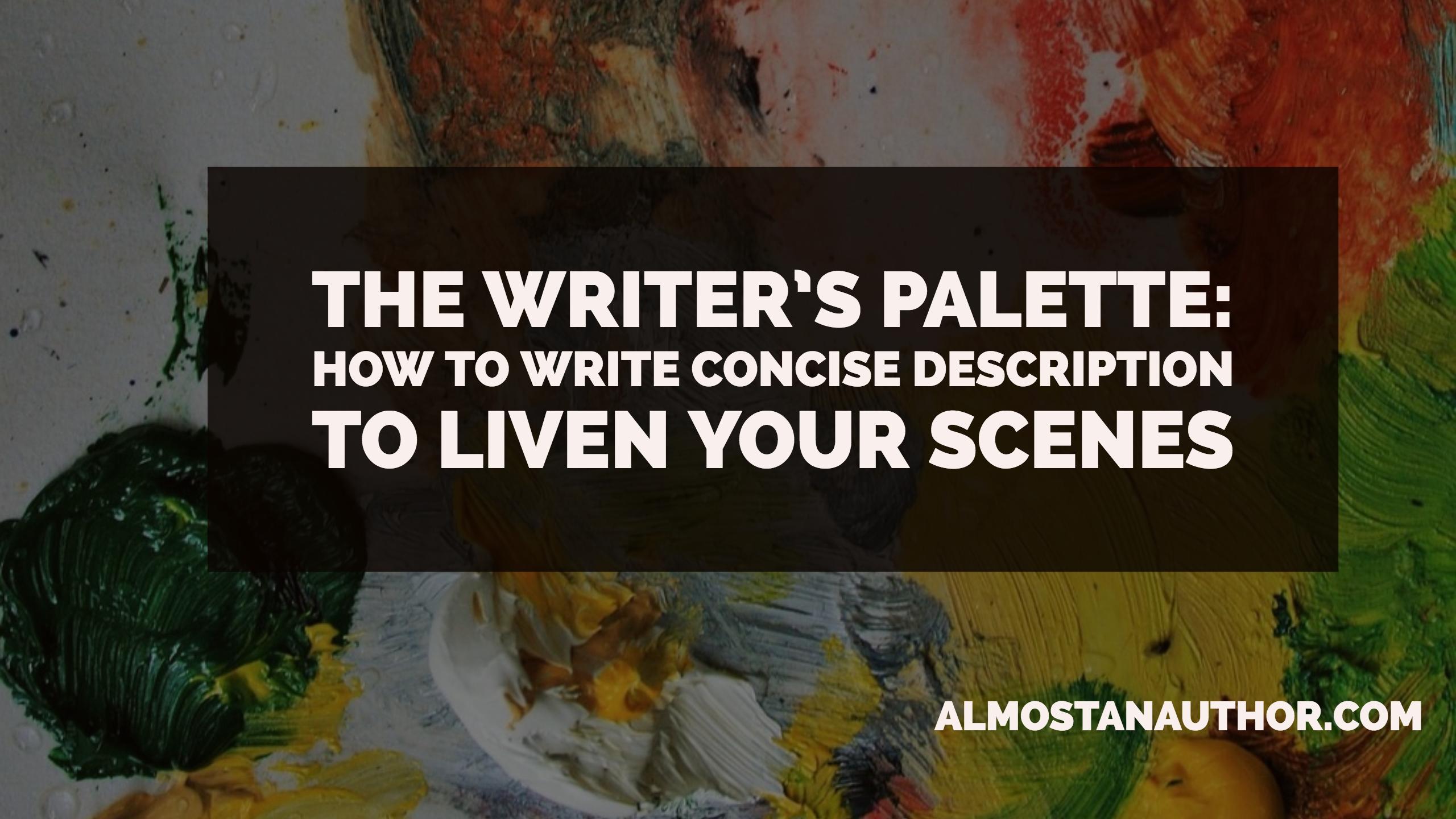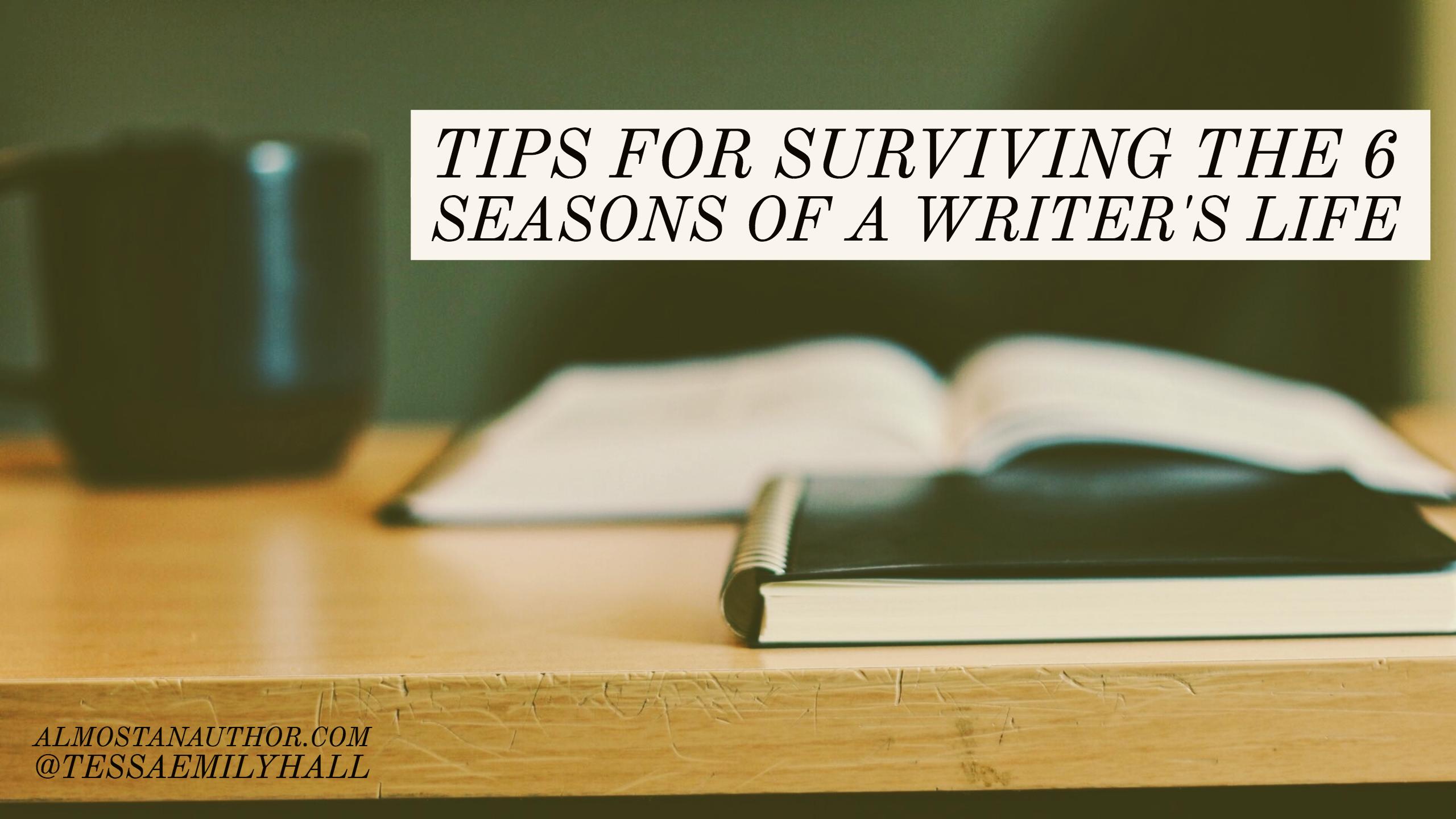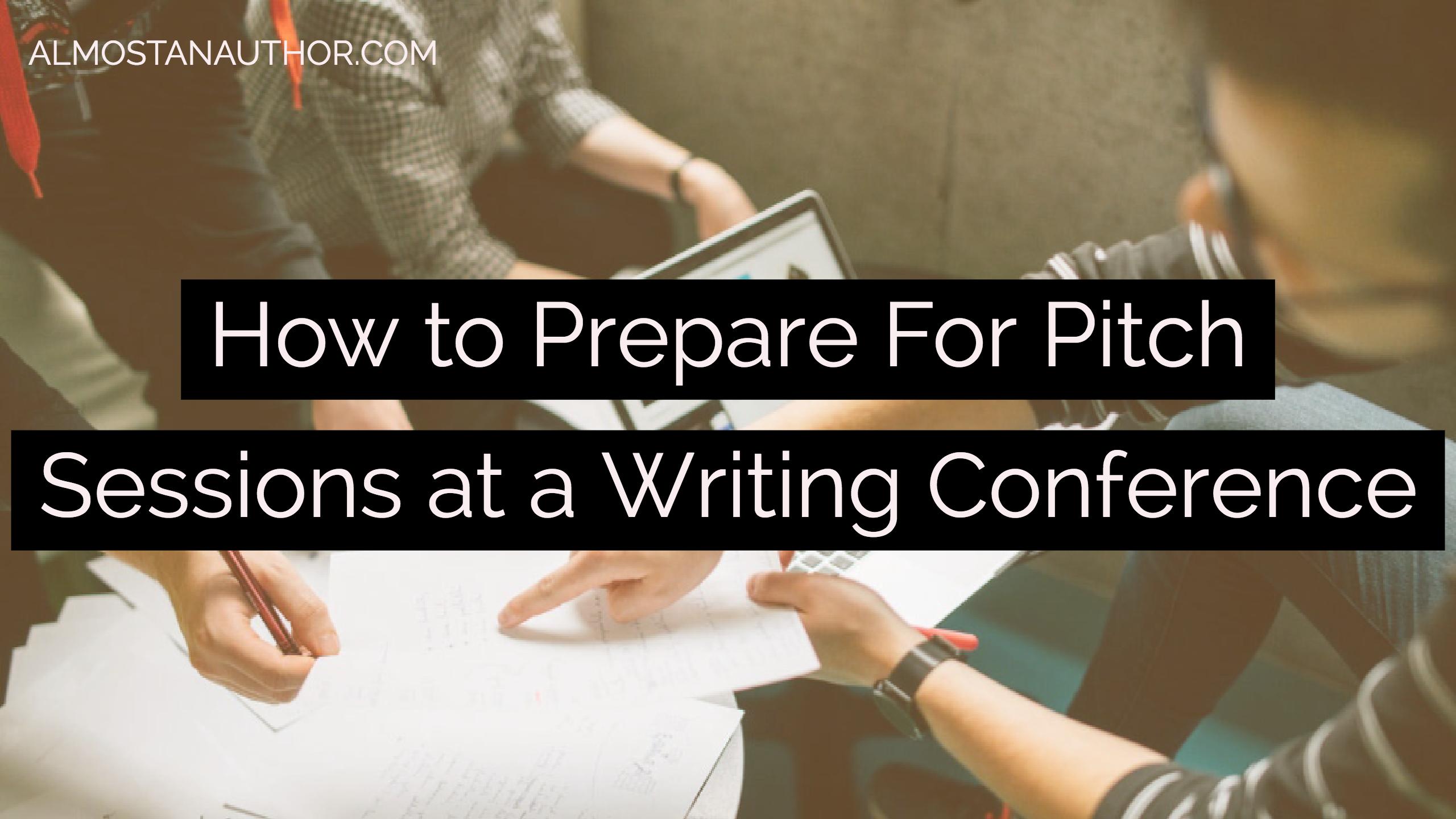As writers, we have the power to tear down the boundaries of paper and ink when we craft a description that triggers the imagination of our readers. That’s the power of writing a concise description.
I’m sure you’ve heard it’s best to limit your descriptions. Pretty prose does not equal a pretty story, and ultimately it’s your characters and plot that will push the story along.
So how can you write scenes in a way that accomplishes the job of description — to bring the story to life — without interrupting the flow?
Writing this kind of description is much harder than writing flowery prose that goes on forever — prose that most readers will skim. Instead, writing concise description will enable your scene to become 3D.
And you can do this without having to hit the “pause button” on your scene.
When I wrote my latest novel, UNWRITTEN MELODY, I tried a new technique. I created a “writer’s palette” before each scene I wrote. (This idea came from Susan May Warren’s Book Therapy tools, although she refers to it as a “scene sketch”.)
This writer’s palette is similar to an artist’s palette. Before an artist begins working, they mix their paints to create the colors they want to display on their masterpiece. These paints are arranged on their board. That way, while they paint, they can dip their paintbrush in their assortment of colors and apply it to their canvas. They don’t have to create the colored paint as they work; rather, it’s already prepared beforehand.
Similarly, a writer’s palette is our own assortment of “colors” that we can use to paint our scenes, and we can prepare this before we even put our pen to the page.
Here’s how you can do this:
(Again, I learned how to create a scene sketch through instruction at My Book Therapy.)
1) Ask yourself, what scene do I want to paint?
Place yourself in an artist’s shoes. A blank canvas stands before you; what scene do you want to paint?
Close your eyes and envision the scene you’re going to write. Let it come to life in your imagination before you try to transcribe it onto the page.
What emotion/mood do you want to portray through this scene?
Now, open your writer’s palette. (This can be a page in your notebook or a new document in Word. While I wrote UNWRITTEN MELODY, I used the “Document Notes” tool in Scrivener to create these scene sketches.)
On this palette, answer the following questions about your scene:
- Where? Why? Who? When? What? How?
- What emotion/mood do I want to establish in this scene?
2) Prepare your paints. What colors do you need to gather and mix?
Pretend you’re the POV character and you’re observing the surroundings through the lens of his/her perspective, worldview, personality, and attitude. What details does he/she notice? What descriptive hues do you need to combine so you can achieve the scene’s specific emotion/mood?
In your writer’s palette, prepare these details:
- What does your character see? Hear? Touch? Taste? Smell?
- What is your POV character’s attitude and view of his/her surroundings?
- How do these sensory details emphasize the emotion of the scene?
- Is there a metaphor/symbolism you can use to highlight this emotion?
3) Record the details by choosing specific nouns and active verbs. In other words, gather your props.
While the scene is still in your imagination and you’re viewing it through the lens of your character, write down the scene’s details (keeping the emotion in mind as well). You’ll gather an array of details that you can potentially use as you write the scene.
But instead of writing “candles were lit and burning on the coffee table”, record the specific type of candle and its scent. And instead of writing, “long, draping curtains hung over the windows”, you can use its specific noun, such as, “pinch pleat curtains draped over the windows”.
~ ~ ~
By preparing your writer’s palette beforehand, you’re more likely to write a scene that becomes 3D in your reader’s imagination. You’ll know which details to incorporate (the ones that highlight the mood and POV character’s perspective) and which ones would only get in the way of the story. Your description will ring as authentic, and you may even convince your reader that you have lived through the specific time and place.
If you’d like to see an example of how I used a writer’s palette to write a certain scene in UNWRITTEN MELODY, click here for the scene excerpt and here for the writer’s palette.
~ ~ ~
How do you write description in your scenes? Do you create a writer’s palette or scene sketch to gather your “paints” before you begin to write?
The Writer’s Palette: How to Write Concise Description to Liven Your Scenes #amwriting @TessaEmilyHall Click To Tweet





 We love helping your growing in your writing career.
We love helping your growing in your writing career.

3 Comments
Tessa, Thank you for the great info. I am embarking on my first fiction book. I will follow your instruction. I am a visual person, this truly helped.
Thanks, Tessa and A3. I’m saving this post to read again.
Great tips. Thanks for sharing.